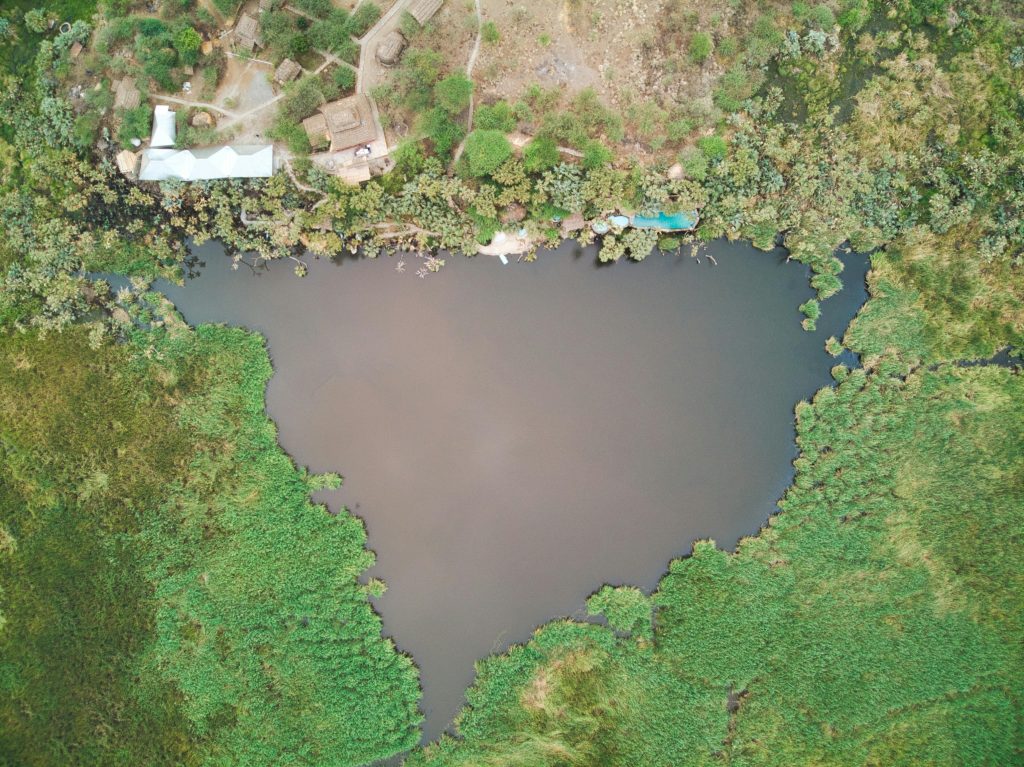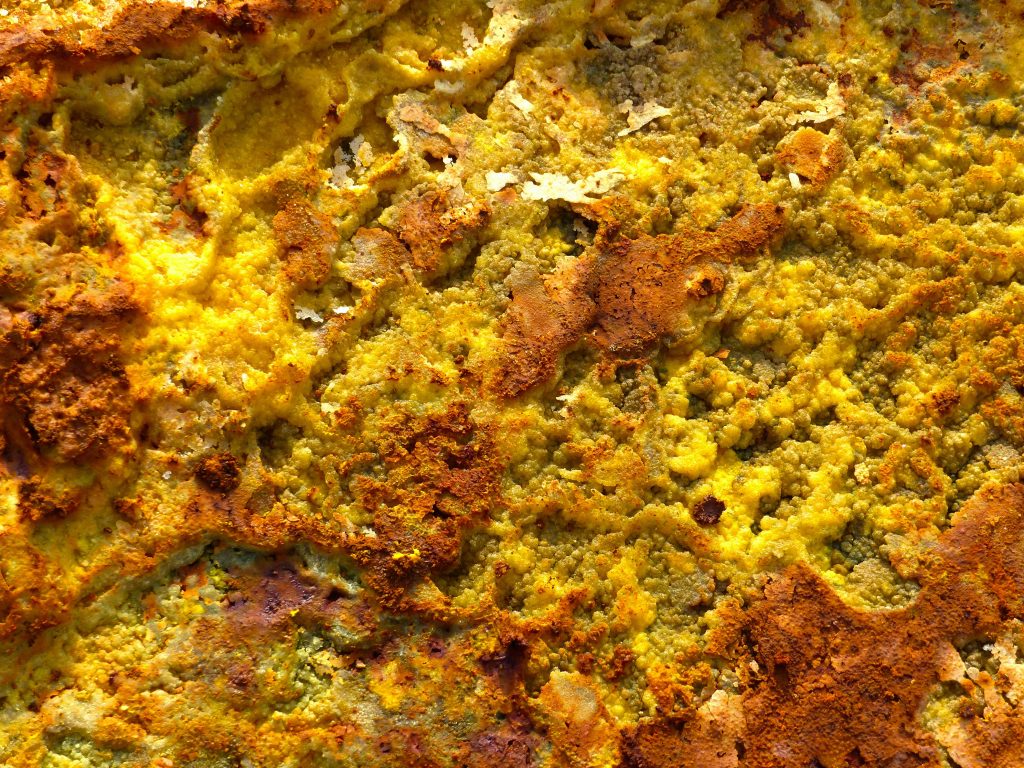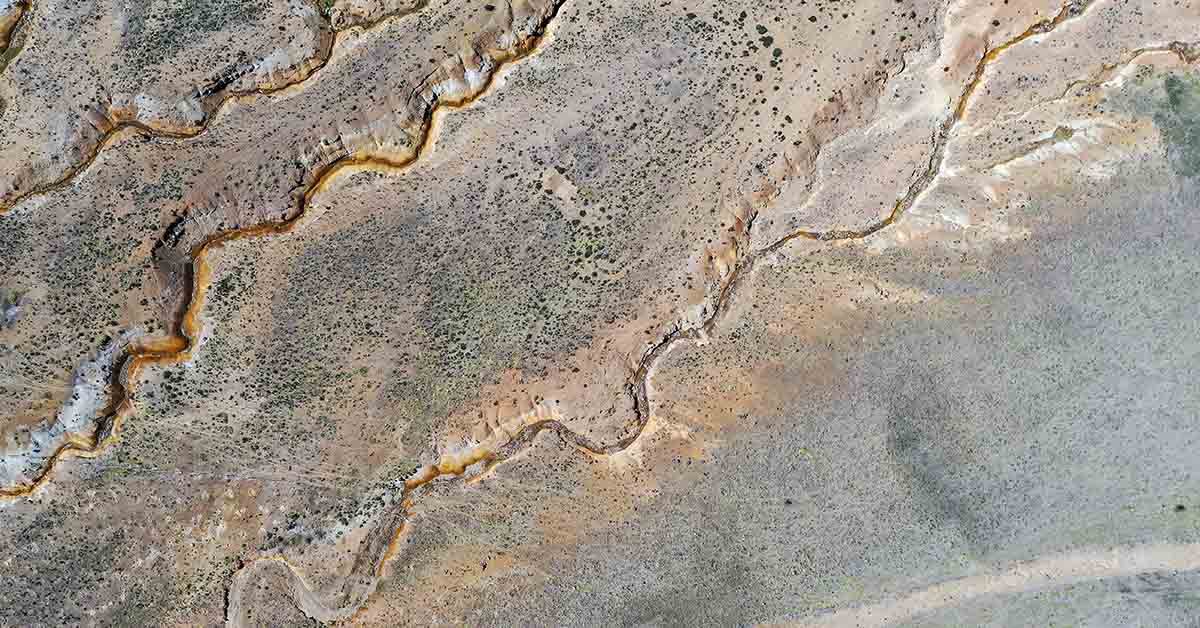Beneath the Afar region’s vast landscape in Ethiopia, scientists have discovered a powerful geological force that is reshaping the continent. A 35-mile-crack known as the Dabbahu fissure was discovered in 2005 in the Afar region. This pulse emanates from molten rock surging upward from thousands of miles below ground. This geological heartbeat is gradually splitting Africa in 2 and laying the foundation for a new ocean.
Researchers at the University of Southampton led this study, publishing their findings in Nature Geoscience in 2025. The team found that this geological heartbeat operates on a timescale of millions of years. This pulse drives the gradual splitting of the African continent and could eventually create a new ocean.
The Afar Region

Three major tectonic rifts converge here, making the Afar region ideal for studying this phenomenon. The three rifts are the Main Ethiopian Rift, Red Sea Rift, and Gulf of Aden Rift. This triple junction creates rare geological conditions found nowhere else on Earth.
Scientists have long suspected that a super plume, which is a hot massive upwelling of magma from the mantle, lies beneath these rifts. Scientists noticed the territories surrounding the Afar fissure are active volcano sites.
Read More: Earth’s Eighth Continent and a New Ocean? Scientists Say It Could Happen Sooner Than You Think!
Decoding the Deep Earth Pulse

To study this Earth’s ‘heartbeat’, scientists collected over 130 volcanic rock samples from across the region. They analyzed these samples using advanced statistical modeling and geochemical techniques to investigate the structure of the crust and mantle. The rocks revealed distinct chemical patterns that repeat across the rift system like geological barcodes. This gave researchers evidence of a large, asymmetric plume below the region.
Lead researcher Dr. Emma Watts explained the significance of their findings. “We found that the mantle beneath Afar is not uniform or stationary, it pulses”. According to Dr. Watts, each pulse carries unique chemical signatures that scientists can read like a historical record. This approach allowed the team to map the structure of the mantle plume with unprecedented detail.
How the Geological Heartbeat Works
The deep earth pulse originates from a massive column of hot rock rising from deep within the mantle. As it rises, it behaves like a beating heart, sending rhythmic surges of molten material toward the surface. The pulses travel upward through thousands of miles of solid rock. When the hot rock rises and hits the crust, it begins pressing against it with immense force. This force expands the crust, eventually breaking through the crust. In locations where the crust is weaker, the plumes cause the land to sink.
Chemical Signatures Tell the Story
Professor Tom Gernon from the University of Southampton described the process vividly. “The chemical striping suggests the plume is pulsing, like a heartbeat”. Each pulse of the geological heartbeat leaves behind distinctive chemical evidence in volcanic rocks. Scientists found that these signatures create repeating patterns across the entire rift system. The chemical bands vary in spacing depending on local tectonic conditions. Faster-spreading areas show more regular patterns, while slower regions display irregular spacing.
These chemical fingerprints reveal how the mantle plume has evolved over millions of years. The patterns show that pulses carry distinct materials from different depths within the Earth’s mantle. This evidence helps scientists understand how deep mantle processes connect to surface volcanism. The research team described these patterns as resembling barcodes that encode the Earth’s geological history.
Read More: India is Starting to Split In Two, Study Reveals
Tectonic Plates Shape the Pulse
The deep earth pulse does not operate in isolation, it interacts dynamically with the tectonic plates above. The massive slabs of Earth’s crust actively channel and shape these upwelling pulses. Plate thickness and spreading rate directly influence how efficiently pulses travel upward. This creates a feedback system between deep mantle processes and surface tectonics.
Dr. Derek Keir, a co-author of the study, emphasized this connection. “The evolution of deep mantle upwellings is intimately tied to the motion of the plates above”. This relationship challenges traditional views of mantle plumes as isolated phenomena. Instead, the research reveals a complex two-way interaction between Earth’s interior and surface processes.
Volcanic Activity and Earthquake Connections
The pulsing mantle plume focuses volcanic activity where the tectonic plates are thinnest. This explains why certain areas experience more intense geological activity than others. The pulses also influence the timing and intensity of seismic events.
Understanding these connections helps scientists better predict geological hazards. The research shows that deep mantle flow patterns directly affect earthquake activity in rifting environments. This knowledge could improve volcanic eruption forecasts and earthquake assessments.
A New Ocean in the Making
The deep earth pulse is gradually splitting Africa apart to create a new ocean basin. Over millions of years, the rhythmic surges stretch and thin the continental crust. The process resembles soft plastic being pulled apart until it breaks. This rupturing will eventually allow seawater to flood the area and form a new ocean.
The timeline for this transformation spans millions of years, meaning we will never observe this happen. However, the chemical evidence clearly shows the process is underway. The Afar region already sits below sea level in many areas, indicating significant crustal thinning. Scientists can observe the early stages of ocean formation happening in real-time.
Future Research and Implications
Scientists plan to investigate the detailed mechanisms controlling mantle flow rates beneath tectonic plates. Key questions remain about how rapidly mantle material ascends and how it interacts with the brittle lithosphere. Future research will focus on understanding the coupling processes between deep mantle flow and surface tectonics. This work could revolutionize our understanding of continental breakup and ocean formation.
The multi-institutional collaboration highlights the value of combining diverse expertise to tackle complex Earth systems. The team integrated geochemical sampling, computational modeling, and tectonic analysis to create a comprehensive view. This holistic approach represents a new paradigm for studying mantle dynamics and tectonics. The research not only illuminates processes beneath Africa but also provides insights into continental fragmentation worldwide.
Read More: Scientists Uncover Two Massive Mystery Structures Hidden Beneath Africa

